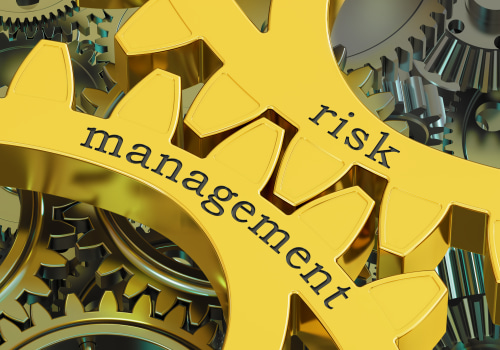As organizations look to ensure HIPAA IT compliance, understanding the technical safeguards requirements is essential. These regulations help protect patients' sensitive data and help organizations keep systems secure. In this article, we'll explore the technical safeguards requirements and how organizations can use them to meet HIPAA IT compliance standards. The Technical Safeguards Requirements are outlined in the HIPAA Security Rule. They require organizations to implement measures that protect the security and integrity of patient information by controlling how it is accessed, stored, and transmitted.
This includes measures such as encrypting data, limiting access to authorized personnel, and regularly monitoring for potential threats. Organizations must also have a comprehensive risk assessment process in place that identifies potential vulnerabilities and security risks in their systems. Once these risks have been identified, organizations must develop a plan to mitigate them. This includes implementing technical, administrative, and physical safeguards that will protect patient information from unauthorized access or use.
Organizations must also ensure that their systems are regularly tested and monitored for potential security threats. They should also have a policy in place that outlines how employees should handle patient information and what measures should be taken if a breach does occur. Finally, organizations must provide regular training for their staff on HIPAA Security Rule requirements and best practices for safeguarding patient information. Organizations must implement a wide range of technical safeguards to ensure HIPAA IT Compliance. This includes measures such as using secure encryption algorithms, providing access control mechanisms to limit access to authorized personnel, and regularly scanning systems for potential threats.
Organizations must also have a process in place to monitor system activity and detect any suspicious activities. Additionally, they must have a plan of action in place if a breach occurs. Organizations must also ensure that all staff members are trained on HIPAA Security Rule requirements and best practices for protecting patient information. This includes training on topics such as data encryption, access control mechanisms, and other security measures. Employees should also be familiar with the organization's policies regarding the use of patient information and the consequences of not following them. Organizations must also maintain detailed records of their compliance efforts and regularly review them to ensure they are up-to-date.
This includes documents such as risk assessments, security policies, training materials, and audit logs. Organizations must also maintain records of any changes or updates made to their systems or processes. HIPAA IT Compliance requires organizations to take a comprehensive approach to protecting patient information. Organizations must implement technical safeguards that protect the confidentiality, integrity, and availability of patient data. They must also have a risk assessment process in place that identifies potential vulnerabilities and security risks in their systems.
They must also provide regular training for their staff on HIPAA Security Rule requirements and best practices for safeguarding patient information.
Examples of Technical Safeguards
Technical Safeguards include measures such as encryption, two-factor authentication, and access control lists (ACLs). Encryption is a process that scrambles data so that it can only be read by those with the proper decryption key. This ensures that even if data is intercepted or stolen, it cannot be read without the decryption key. Two-factor authentication adds an additional layer of security by requiring users to enter both a username and password as well as a one-time code sent via text message or email.Access control lists (ACLs) define who has access to certain data or systems within an organization. Organizations must take the necessary steps to ensure that they are compliant with the Technical Safeguards Requirements outlined in the HIPAA Security Rule. These measures are essential for protecting patient information from unauthorized access or use. By understanding these requirements and implementing measures to protect patient data, organizations can ensure that their systems remain secure and compliant. It is essential for organizations to have a clear understanding of the Technical Safeguards Requirements and to ensure that their IT systems meet all of the necessary criteria for HIPAA IT Compliance. Organizations should also regularly review their systems and update them as needed to ensure that they remain compliant.








Leave Message